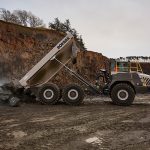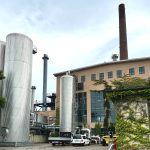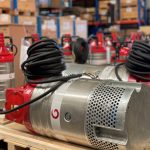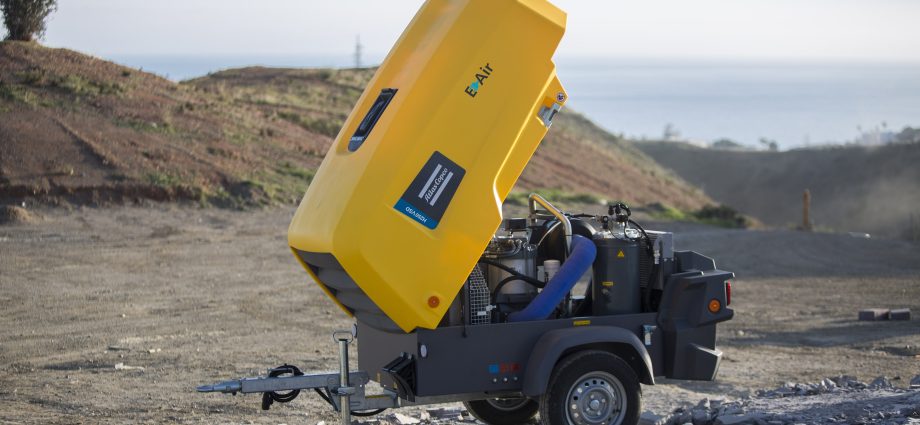As the drive towards more sustainable operations accelerates globally, industry is increasingly re-evaluating the equipment that powers their daily operations. In this context, air compressors, essential to a broad scope of industrial applications, are coming under renewed scrutiny as businesses seek to identify the most optimal and efficient air solutions. While diesel-driven compressors have long been the industry standard, significant advancements in electric technology are making electric compressors a compelling, future-ready alternative.
In response to the growing urgency around efficiency and environmental compliance, Atlas Copco remains firmly committed to continuously developing innovative technologies and products that help optimise customer operation. In addition to Atlas Copco’s renowned range of high-quality, reliable and efficient mobile diesel air compressors, customers now also have the option of a mobile electric model, the E-Air range. “Our goal is not only to meet our customers’ current needs,” says Johnathan Cassell, Portable Air Sales Engineer for Atlas Copco’s Power Technique Business Area, “but to ensure we have the right solutions in place for tomorrow’s challenges.”
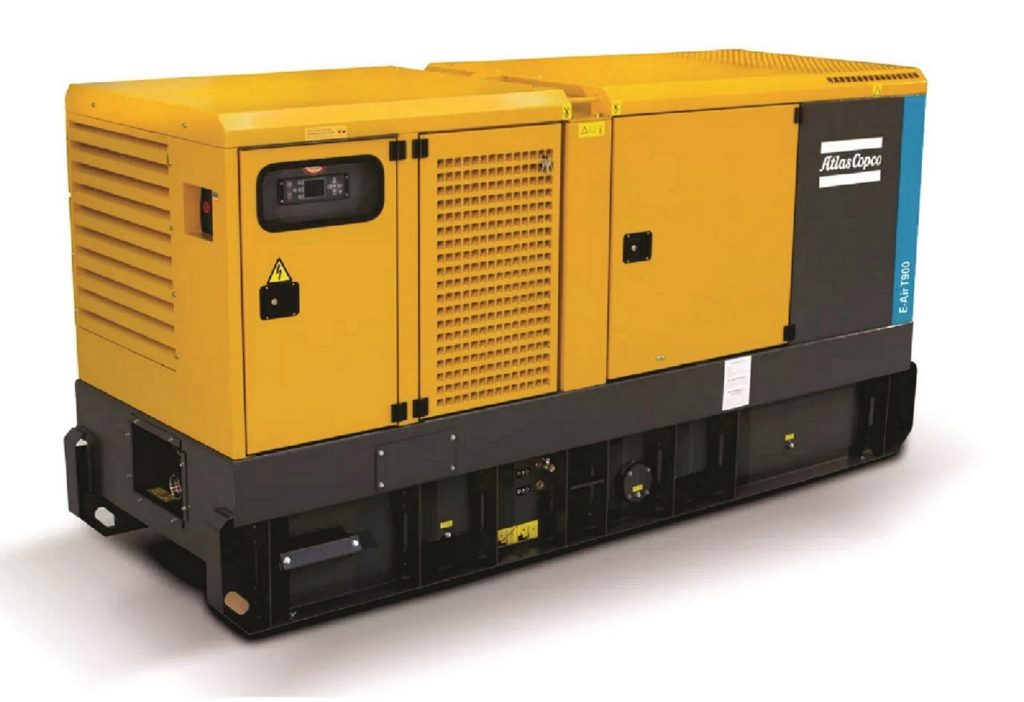
When applied in the right setting, mobile electric air compressors offer a cleaner, quieter and more efficient alternative to traditional models. With several key advantages over their diesel-powered counterparts including tangible performance and significant cost saving, electric compressors are a strategic asset for forward-thinking organisations. They help reduce environmental impact, enhance operational reliability and support corporate sustainability goals.
“With zero on-site emissions, low noise levels and intuitive operation, our mobile E-Air compressor range is without question a game changer in terms of efficiency, reliability and versatility, directly boosting productivity,” asserts Cassell. “With up to 65% savings on fuel alone, just one of several factors driving a lower total cost of ownership, coupled with a significantly reduced environmental footprint, it’s easy to see why more businesses are making the switch to electric.”
Cassell urges operators working on job sites with grid access to strongly consider using a mobile electric air compressor. “Running silently and emission-free, electric compressors present an ideal solution for urban areas, indoor applications and underground work.”
The Atlas Copco E-Air mobile electric compressors are available in two configurations – Fixed Speed (FS) and Variable Speed Drive (VSD). While both deliver reliable, high-performance compressed air, Cassell explains that the key difference lies in how each unit controls the motor.
“As the name suggests, a Fixed Speed compressor runs at the same speed whenever it is operating, providing the motor with frequency and voltage at a constant rate, while a VSD model automatically adjusts the motor speed to match a production plant’s air demand in real time.”
Atlas Copco’s E-Air T400, E-Air T500, and E-Air T900As Fixed Speed electric compressors are engineered to always draw enough power to meet maximum compressed air demand, even when actual requirements are lower. An air inlet valve adjusts airflow output; however, the motor itself continues operating at a fixed rate.
In contrast, Atlas Copco’s Variable Speed Drive lineup, comprising the E-Air H185 VDS, E-Air H250 VDS, E-Air H450 VSD and E-Air V1100 VSD bring flexibility to compressed air delivery. These compressors intelligently modulate motor speed to align precisely with fluctuating air demand, maximising efficiency, minimising energy consumption, reducing operational costs and prolonging equipment lifespan.
Atlas Copco designed the mobile E-Air compressors to be easy and straightforward to use; operation starts immediately once plugged into a power socket, offering a true plug-and-play solution. Additionally, their compact footprint promotes safer transportation and minimises the space required on the job site.
With no diesel engine in Atlas Copco’s E-Air electric-driven compressors, there are no diesel components that require service and maintenance. Fewer parts ensure simpler, quicker and more cost-effective maintenance, ultimately enhancing uptime. Compared to diesel-driven models that require a major service every 1 000 hours, the Atlas Copco E-Air portable electric compressors on the other hand can be serviced just once every 2 000 running hours or annually, effectively halving the frequency of major maintenance interventions.
Although electric-driven units require less maintenance, Cassell nonetheless underscores the importance of planned inspections based on each customer’s machine usage. “Electronic parts that need to be inspected and maintained. Investing in genuine spare parts, preventive maintenance and inspections at regular intervals are fundamental to driving enhanced uptime. Planned inspections help optimise performance by identifying issues early, preventing premature failures and ensuring machines run at their best.”
With the right maintenance practices, Atlas Copco’s E-Air electric portable air compressors will perform optimally and reliably, delivering a cost-effective low total cost of ownership solution. For businesses looking to reduce their environmental impact without compromising on performance, the shift to electric is both strategic and sustainable. “When power is accessible, switching to electric is not just a smart choice, it’s the way to future-proofing business sustainability,” states Cassell.
That said, Cassell highlights that choosing between diesel and electric-driven equipment is not always straightforward, as both options have their merits. Beyond comparing the cost of diesel versus electricity, factors such as job site location, infrastructure availability and project duration must also be considered.
“We therefore strongly encourage customers and end-users to assess the specific demands of each job to determine, carefully weighing the pros and cons to determine the most cost-effective and sustainable solution. To support this, our easy-to-use Total Cost of Ownership (TCO) calculator is available on our website to help compare options and identify the optimal choice, whether electric or diesel.”
